Instagram Ads Success Story: Gotcha Covered
Discover two important lessons from this success story that can help your business grow.
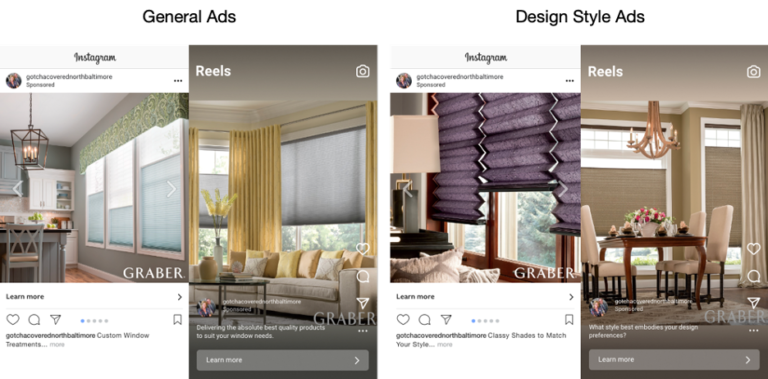
Discover two important lessons from this success story that can help your business grow.
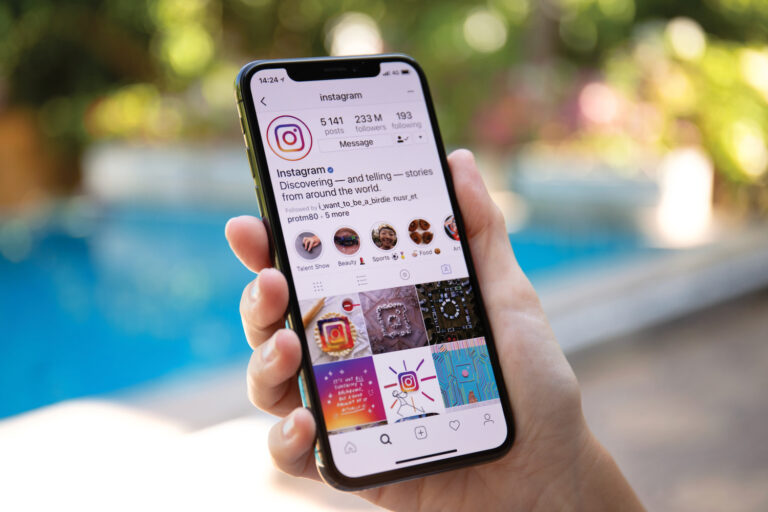
Learn the benefits of paid reach on this rapidly growing social media platform.
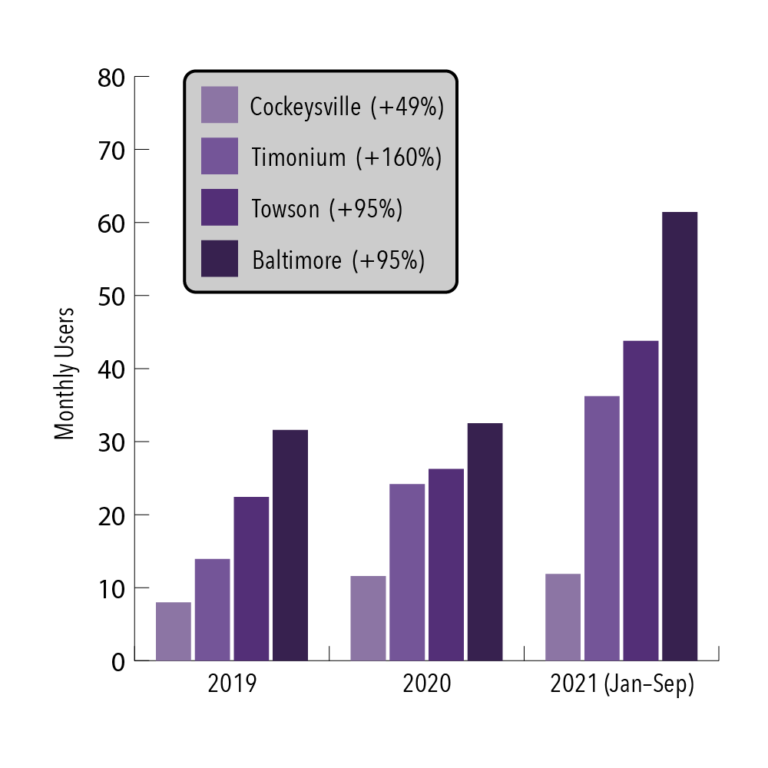
Discover how your website can organically top the search engine results pages.
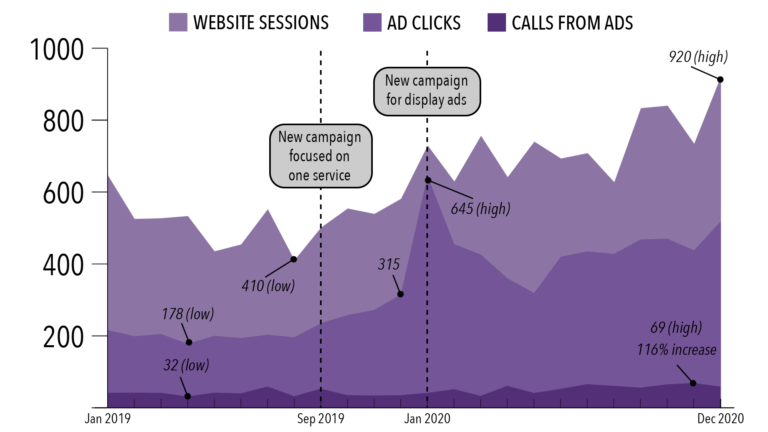
Find out if Google Ads could be a worthwhile marketing strategy for your company.

Which response will help your business succeed through COVID-19 and beyond?
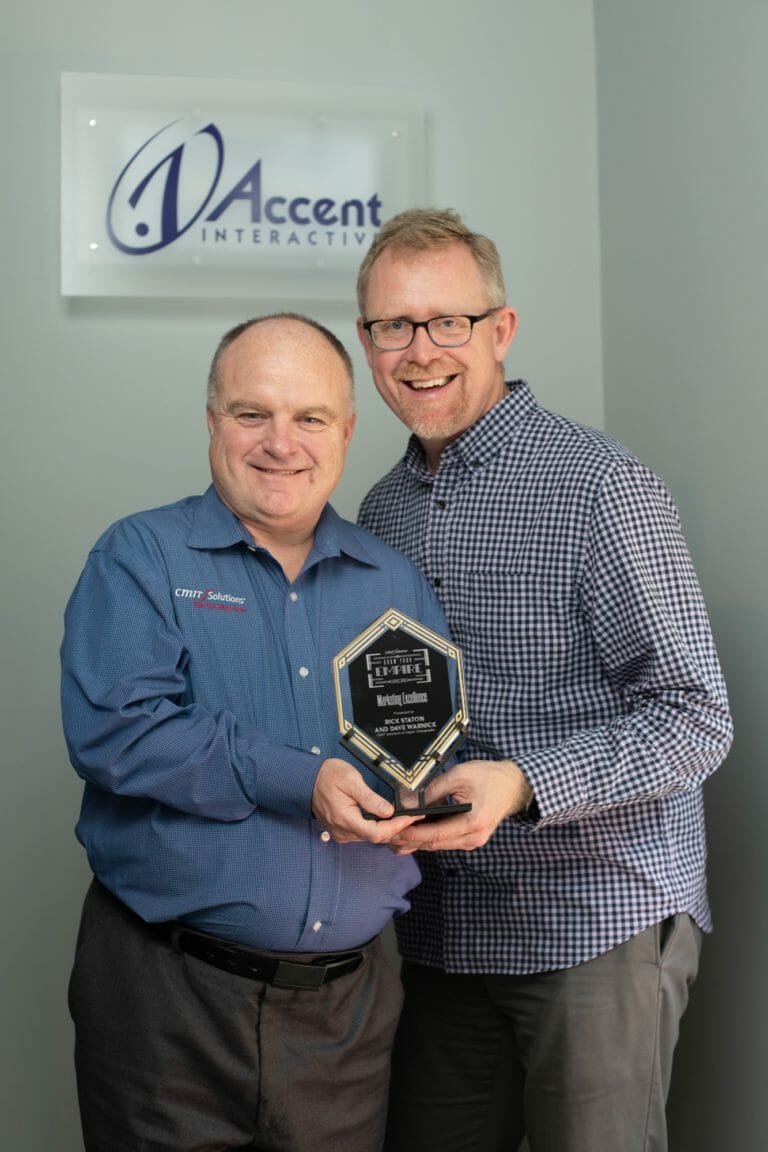
Congrats to our client for winning their franchise’s national 2019 Marketing Excellence Award!

We use professional coaching skills as we help you market your expertise.
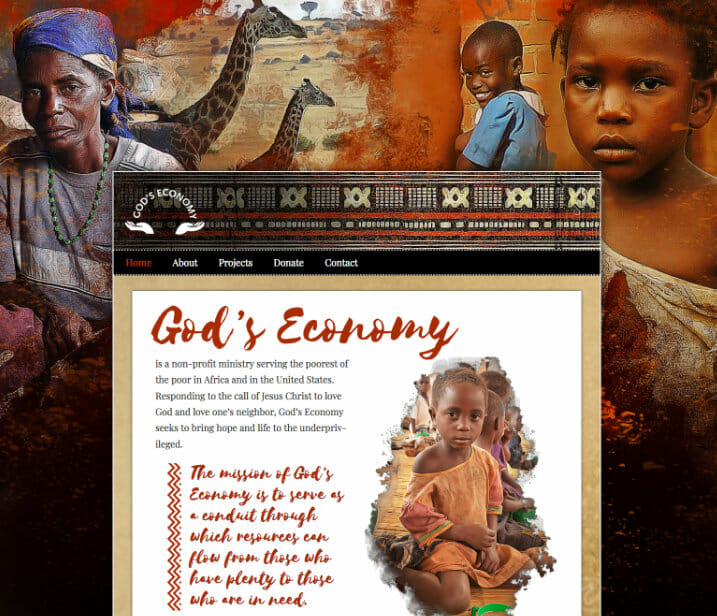
The stunning montage we created for this nonprofit lets their photos shine to showcase their mission
Is it time to market one of your services as its own brand?

Create your own podcast to regularly reach an audience with your message

Promote your company to some of the 1.2 billion people who use Facebook every day.
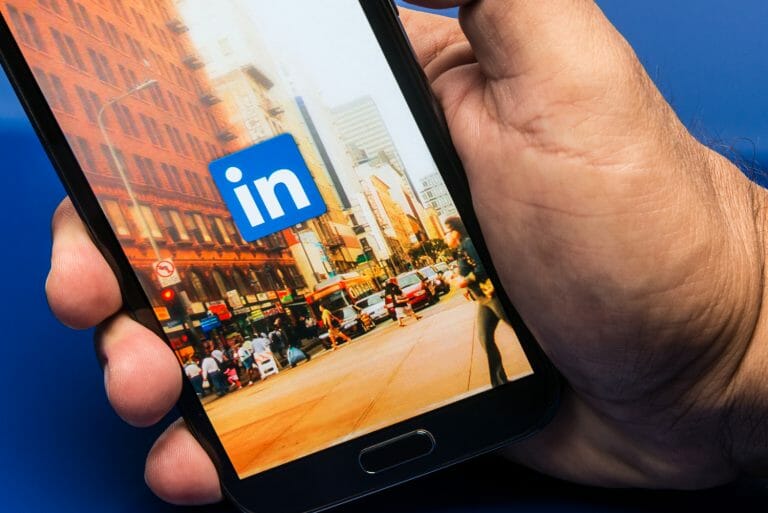
Here are some tips on how to leverage this powerful social media platform for your company.